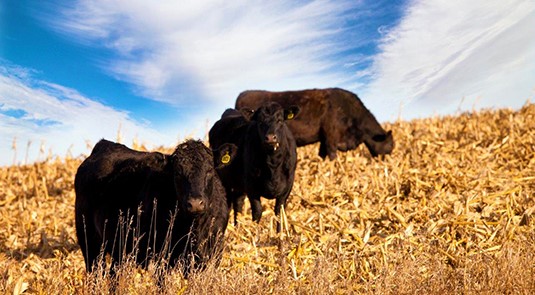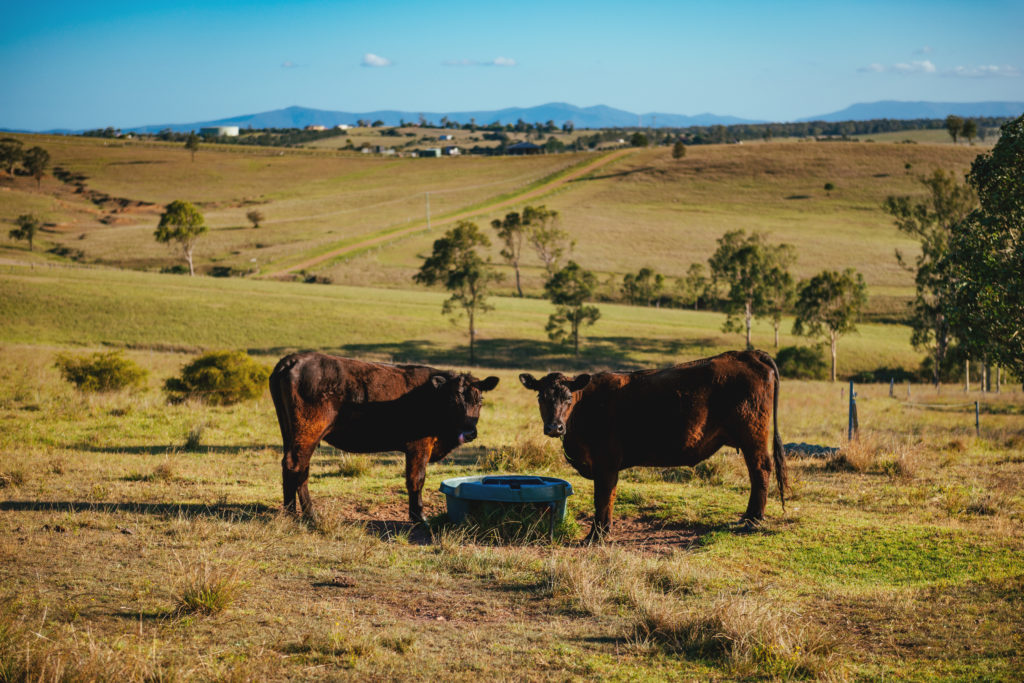
More than two-thirds of soils in Northern Australia are low to very low in available phosphorus and given the resultant productivity losses, it is hard to imagine why phosphorus supplementation is so often overlooked.
Cattle need phosphorus (P) for almost every vital function of the body, including building bones and teeth, metabolising fat, carbohydrates and protein and milk synthesis.
Did you know ^
- Cattle supplemented with phosphorus will consume up to 30% more pasture.
- The greatest response to phosphorus supplementation occurs during the wet season.
- Expected responses to phosphorus supplementation during the wet season include:
- 30-40kg increase of annual growth in young cattle
- 10-30% increase in weaning rates
- 10-20kg increase in weaning weights
On phosphorus deficient country, reducing stocking rates will not negate the need to feed P.
Most phosphorus (80%) is stored in bone; with only 20% of total P available for maintenance, growth and reproduction.
Bone Chewing is a unique symptom of phosphorus deficiency which occurs when the level of P drops to critically low levels. Other symptoms include reduced feed intake, poor growth rates, high breeder mortality, high incidence of Botulism, reduced fertility and reduced milk production.
The Solution is Easy
Molafos HP (High Phosphorus) for areas extremely low in P; otherwise the full range of Molafos Pasture Supplements are naturally high in phosphorus.
^ McKosker and Winks (1994) Phosphorus Management of Beef Cattle in Northern Australia




